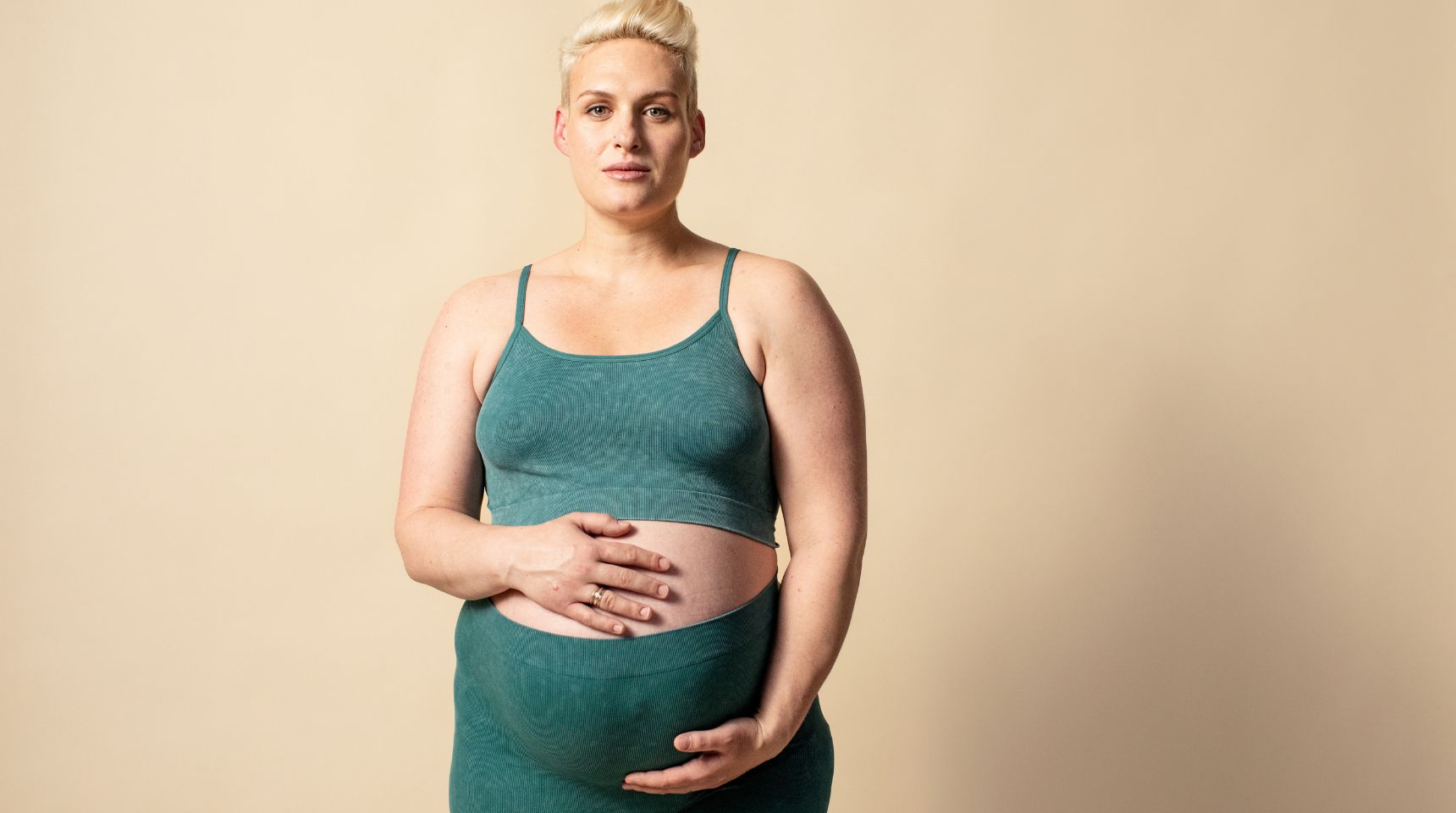Breastmilk does not always provide babies with enough of one key vitamin, Vitamin D. Learn how to provide this nutrient to your breastfed baby.
We all agree that breastmilk is the ideal food for babies. Easily digestible, chock full of nutrients and readily available, nature hit the mark with this one! It is so perfect that the American Academy of Pediatrics recommends breastmilk exclusively for the first 6 months of your baby’s life. However, even in all its perfection, breastmilk does not always provide babies with enough of one key vitamin, Vitamin D.
D is for Definition
Vitamin D is a building block for the development of healthy bones and is also a key component of maintaining a healthy immune system. Sometimes called the “Sunshine Vitamin,” our bodies can actually make vitamin D from sunlight, UVB rays to be exact. Thank you Mother Nature! We can also get limited Vitamin D through some foods including fish, cheese and egg yolks as well as through fortified foods, especially milk and cereal. Lastly, we can get Vitamin D through supplements.
SEE ALSO: Feeding Expressed Breastmilk to Breastfed Babies
D is for Deficient
According to the CDC’s Second Nutrition Report, a Vitamin D deficiency is one of the highest occurring deficiencies in the US. Because of the increased skin cancer risk from prolonged sun exposure, many of us are not spending time in the sun without sunblock. Plus, the amount of Vitamin D we absorb from food sources is limited. Unless moms are taking Vitamin D supplements herself, she may not have the recommended levels of Vitamin D in her body let alone enough to pass enough on to her baby through breastmilk. Because this may cause low Vitamin D levels in a breastfed baby, the AAP recommends a Vitamin D supplement for your little one. Low Vitamin D in babies can cause growth failure, lethargy, irritability, and potential for respiratory infections during infancy. Though very rare, extremely low Vitamin D levels over a prolonged period of time can also cause rickets which is the softening and weakening of bones in children.
D is for Dosage
Can we put our science hats on for a minute? This may get a bit confusing, but it’s important! The AAP recommends 400 IU (international units) of Vitamin D to combat low Vitamin D levels in babies. What on earth is an IU? An IU or an international unit is simply a standard set to measure how much of a vitamin it takes to produce a specific effect. For Vitamin D, the recommended dosage for babies from birth to 12 months is 400 IU per day in the form of drops. This is a sweeping recommendation for all infants. Studies have shown that a breastfeeding mom would need to take 6400 IU of Vitamin D to provide enough for her baby through breastmilk. However, before taking any supplements or giving any to your baby, be sure to talk to your pediatrician or healthcare provider first.
References:
Pediatrics, November 2008, VOLUME 122 / ISSUE 5. Prevention of Rickets and Vitamin D Deficiency in Infants, Children, and Adolescents. Carol L. Wagner, Frank R. Greer
PEDIATRICS Volume 136, number 4, October 2015 Maternal Versus Infant Vitamin D. Supplementation During Lactation: A Randomized Controlled Trial. Bruce W. Hollis, PhDa, Carol L. Wagner, MDa, Cynthia R. Howard, MDb, Myla Ebeling, RAc, Judy R. Shary, MSa, Pamela G. Smith, BSNa, Sarah N. Taylor, MDa, Kristen Morella, MSc, Ruth A. Lawrence, MDb, Thomas C. Hulsey, ScDc.









